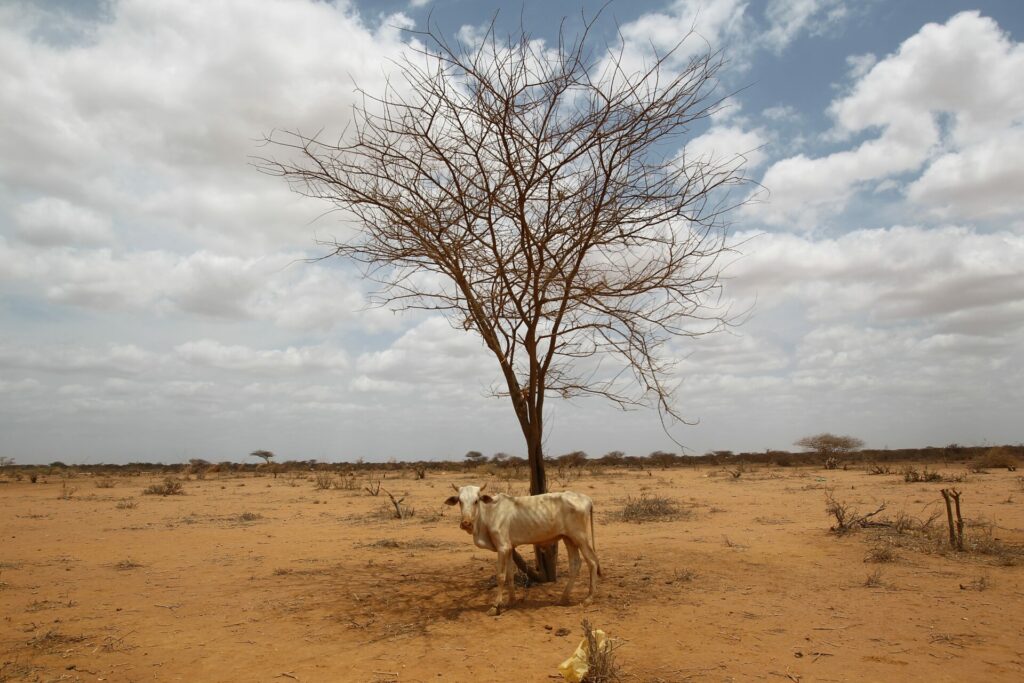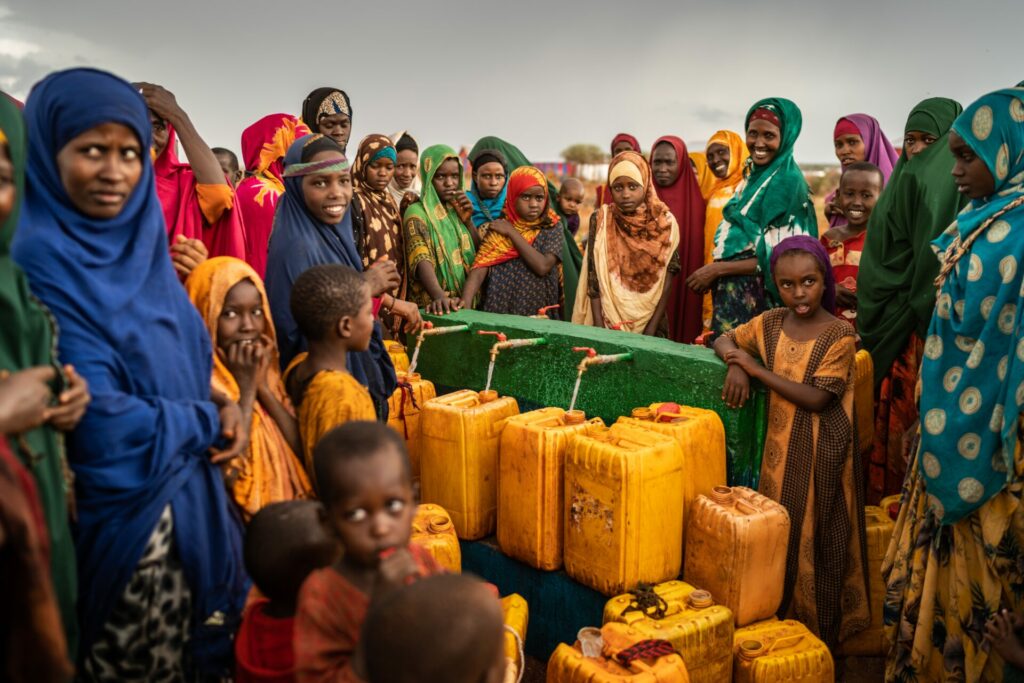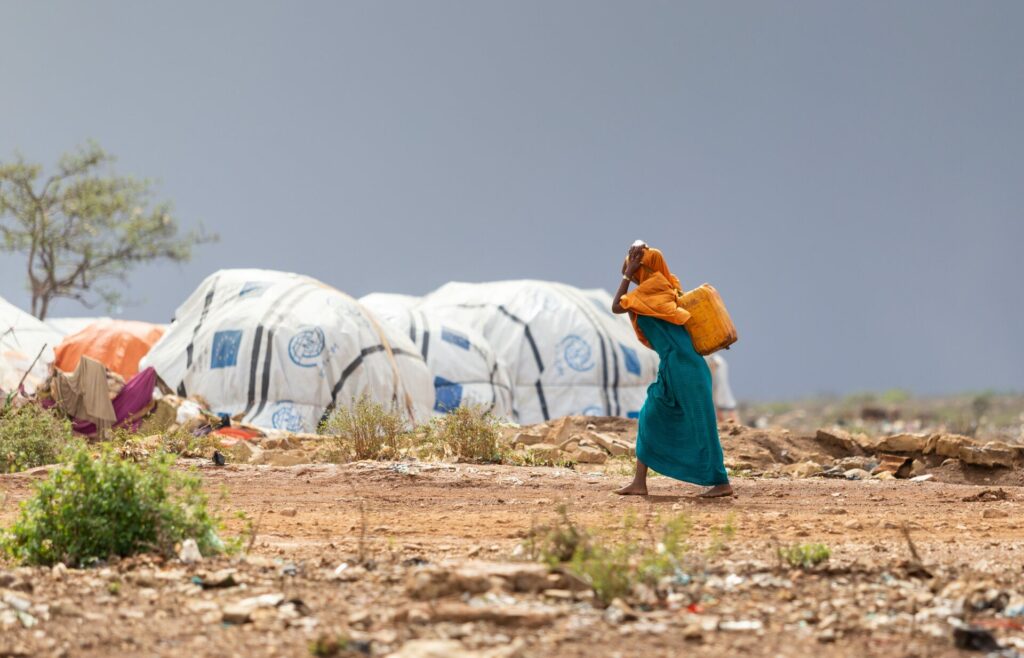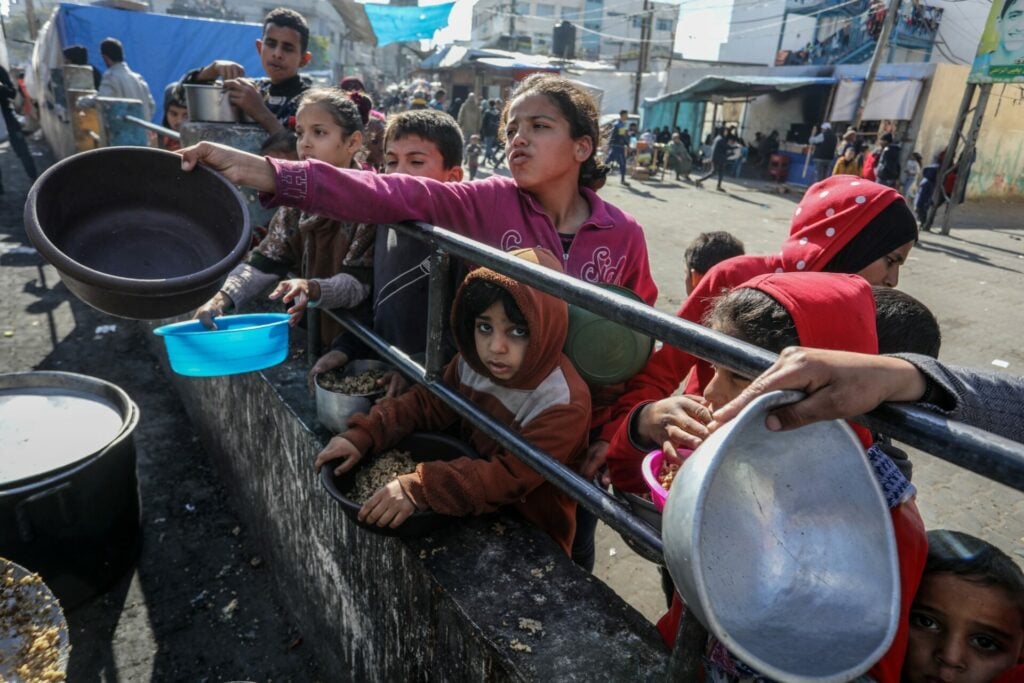A shocking new report released by the Somalian government estimates 43,000 excess deaths occurred in the country last year due to an on-going drought brought on by global warming.
Half of the deaths are likely to have been children under five and the study predicts up to 34,000 further deaths for the first six months of this year. A dire forecast from January to June 2023 estimates that 135 people could die every day.
Released by Somalia’s federal health ministry together with UNICEF and the World Health Organisation (WHO), the report was compiled by researchers at the London School of Hygiene and Tropical Medicine and Imperial College London.
‘These results present a grim picture of the devastation brought on children and their families by the drought,’ UNICEF’s Wafaa Saeed said as he presented the report in Somali capital, Mogadishu.
The researchers say accurate statistics are difficult to compile from a population spread across remote areas, and with about three million people displaced from their homes.

However, the highest death rates are thought to be in the regions of south-central Somalia, including Bay, Bakool and Banadir which are the worst hit by drought.
Somalia’s Six Drought Devastation
In Somalia, this latest crisis, which began in 2021, is part of an unprecedented pattern of drought that has affected the country since 2008.
About 1.3 million people, 80 per cent women and children, have been internally displaced in the country by the drought sweeping the Horn of Africa. The country has experienced six consecutive failed rainy seasons – the longest and most severe in Somalia’s recent history – which coincides with global food price rises and the after-effects of the COVID 19 pandemic.
The lack of rainfall means drinking water is scarce, crops are devastated and animals starve, destroying livelihoods. Man-made degradation of natural resources, such as charcoal production and overgrazing, have also contributed to the devastation.
‘The cost of our inaction will mean that children, women and other vulnerable people will pay with their lives while we hopelessly, helplessly, witness the tragedy unfold.’
Dr Mamunur Rahman Malik, WHO
Humanitarian aid is extremely difficult to get to regions controlled by al-Shabab, which is affiliated to al-Qaeda and considered a terrorist group by both the US and UK.

Droughts are common in Somalia, which is ranked the second most vulnerable country to climate change in the world. There have been recurring dry spells, interspersed with flooding, over the last decade, including a devastating famine in 2011 that killed more than 250,000 people.
‘We are racing against time to prevent deaths and save lives that are avoidable’ said WHO representative Dr Mamunur Rahman Malik.
‘We have seen deaths and diseases thrive when hunger and food crises prolong. We will see more people dying from disease than from hunger and malnutrition combined if we do not act now. The cost of our inaction will mean that children, women and other vulnerable people will pay with their lives while we hopelessly, helplessly, witness the tragedy unfold.’
The UN says it needs $2.6bn for its Somalia drought response plan to meet the priority needs of 7.6 million people this year. So far, under 15 per cent of that has been funded. The war in Ukraine has affected the humanitarian response as traditional donors in Europe divert funding for the crisis closer to home.

‘The unrelenting droughts have created one of the most severe hunger crises in 70 years, demanding urgent humanitarian action,’ said co-author of the report Dr Oliver Watson. ‘To prevent an even greater catastrophe, a multi-sectoral response is desperately needed to alleviate this dire situation and prevent further loss of life.’
Aid Where it’s Needed Most
According to the UN Refugee Agency UNHCR, their focus will be on increasing water supply through water trucking, drilling additional boreholes and refurbishing existing water systems.
Health facilities will also be supported to step up nutritional assistance for women and children through high-nutrient feeding and medical treatment for related diseases.
In 2022 the UNHCR received less than half of the required financial resources to respond to the drought in Somalia.
Despite the shortfalls, UNICEF’s Waafa Saeed added on a note of optimism: ‘We know there could have been many more deaths had humanitarian assistance not been scaled up to reach affected communities.
‘We must continue to save lives by preventing and treating malnutrition, providing safe and clean water, improving access to lifesaving health services, immunising children against deadly diseases such as measles, and providing critical protection services.’














